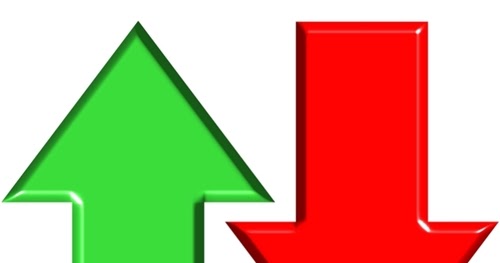I agree larger tennis communities have an advantage for the reason you describe. But you seem to imply players/teams outside of these areas have no shot. I don't think that is the case.
If we look at 2019 Nationals, specifically the 18+ and 40+ leagues, and look at what areas made it there, e.g. won Sectionals, if your hypothesis is true, we'd expect to see the vast majority of areas represented to be the larger population areas. In fact, you make it sound like only those areas would be represented. Well, that isn't really the case.
In Southern, Atlanta is the hotbed for tennis with a vibrant tennis community, so you might expect that area to lead the way, and they do, but not by that much and a lot of other areas had teams make it to Nationals:
Atlanta - 4
Baton Rouge - 2
Knoxville - 2
Lake Norman, NC - 2
Birmingham - 1
Little Rock - 1
Jonesboro, AR - 1
Louisville - 1
Monroe, LA - 1
New Orleans - 1
North Central, MS - 1
Rock Hill, SC - 1
Nashville - 1
That is pretty broad representation and is not exclusively major/large cities.
Let's pick another section, Intermountain:
Salt Lake City - 8
Vegas - 5
Denver - 4
Boise - 2
Note of course there is virtually no league tennis outside of these cities, but even a small area like Boise is represented, and the largest area, Denver, is 3rd of the 4 areas.



